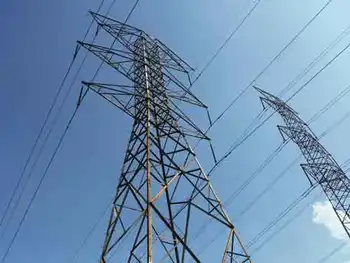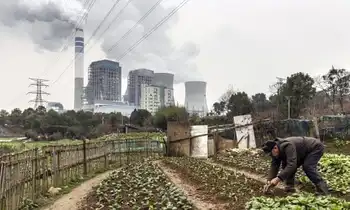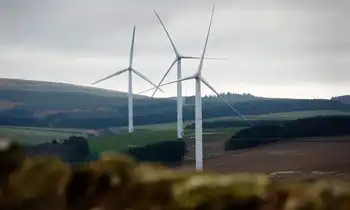Parisians vote to ban rental e-scooters from French capital by huge margin

CSA Z463 Electrical Maintenance -
Our customized live online or in‑person group training can be delivered to your staff at your location.

- Live Online
- 6 hours Instructor-led
- Group Training Available
Paris E-Scooter Ban: Voters back ending rental scooters after a public consultation, citing road safety, pedestrian clutter, and urban mobility concerns; impacts Lime, Dott, and Tier operations across the capital.
Key Points
A citywide prohibition on rental e-scooters, approved by voters, to improve safety, order, and walkability.
✅ Non-binding vote shows about 90% support citywide.
✅ About 15,000 rental scooters from Lime, Dott, Tier affected.
✅ Cites 2022 injuries, fatalities, and sidewalk clutter.
Parisians have voted to rid the streets of the French capital of rental electric scooters, with an overwhelming 90% of votes cast supporting a ban, official results show, amid a wider debate over the limits of the electric-car revolution and its real-world impact.
Paris was a pioneer when it introduced e-scooters, or trottinettes, in 2018 as the city’s authorities sought to promote non-polluting forms of urban transport, amid record EV adoption in France across the country.
But as the two-wheeled vehicles grew in popularity, especially among young people, and, with similar safety concerns prompting the TTC winter ban on lithium-ion e-bikes and scooters in Toronto, so did the number of accidents: in 2022, three people died and 459 were injured in e-scooter accidents in Paris.
In what was billed as a “public consultation” voters were asked: “For or against self-service scooters?”
Twenty-one polling stations were set up across the city and were open until 7pm local time. Although 1.6 million people are eligible to vote, turnout is expected to be low.
The ban won between 85.77% and 91.77% of the votes in the 20 Paris districts that published results, according to the City of Paris website on what was billed as a rare “public consultation” and prompted long queues at ballot boxes around the city. The vote was non-binding but city authorities have vowed to follow the result, echoing Britain's transport rethink that questions simple fixes.
Paris’s socialist mayor, Anne Hidalgo, has promoted cycling and bike-sharing but supported a ban on e-scooters, as France rolls out new EV incentive rules affecting Chinese manufacturers.
In an interview with Agence France-Presses last week, Hidalgo said “self-service scooters are the source of tension and worry” for Parisians and that a ban would “reduce nuisance” in public spaces, with broader benefits for air quality noted in EV use linked to fewer asthma ER visits in recent studies as well.
Paris has almost 15,000 e-scooters across its streets, operated by companies including Lime, Dott and Tier. Detractors argue that e-scooter users disrespect the rules of the road and regularly flout a ban on riding on pavements, even as France moves to discourage Chinese EV purchases to shape the broader mobility market. The vehicles are also often haphazardly parked or thrown into the River Seine.
In June 2021, a 31-year-old Italian woman was killed after being hit by an e-scooter with two passengers onboard while walking along the Seine.
“Scooters have become my biggest enemy. I’m scared of them,” Suzon Lambert, a 50-year-old teacher from Paris, told AFP. “Paris has become a sort of anarchy. There’s no space any more for pedestrians.”
Another Parisian told BFMTV: “It’s dangerous, and people use them badly. I’m fed up.”
Julian Sezgin, aged 15, said he often saw groups of two or three teenagers on e-scooters zooming past cars on busy roads. “I avoid going on e-scooters and prefer e-bikes as, in my opinion, they are safer and more efficient,” he told the Guardian.
Bianca Sclavi, an Italian who has lived in Paris for years, said the scooters go “too fast” and should be mechanically limited so they go slower. “They are dangerous because they zip in and out of traffic,” she said. “However, it is not as bad as when they first arrived … the most dangerous are the drunk tourists!”











